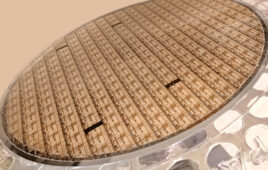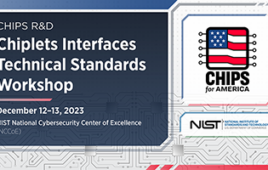Graphene has undoubtedly been the most popular research subject of nanotechnology during recent years. Made of pure carbon, this wonder material is in principle easy to manufacture: take ordinary graphite and peel one layer off with Scotch tape. The material thus obtained is two-dimensional, yielding unique properties, different from those in three-dimensional materials.
Graphene, however, lacks one important property, semiconductivity, which complicates its usage in electronics applications. Scientists have therefore started the quest of other two-dimensional materials with this desired property. Molybdenum disulfide, MoS2 is among the most promising candidates. Like graphene, MoS2 consists of layers, interacting weakly with one another. In addition to being a semiconductor, the semiconducting properties of MoS2 change depending on the number of atomic layers.
For the one or few layer MoS2 to be useful in applications, one must be able to join it to other components. What is thus needed is such a metallic conductor that electric current can easily flow between the conductor and the semiconductor. In the case of MoS2, a promising conductor is provided by nickel, which also has other desired properties from the applications point of view.
However, an international collaboration, led by the Nano and molecular systems research unit at the University of Oulu has recently discovered that nanoparticles made of nickel do not attach to MoS2. One needs gold, which “glues” the conductor and the component together.
Says docent Wei Cao of NANOMO: “The synthesis is performed through a sonochemical method.” Sonochemistry is a method where chemical reactions are established using ultrasound.
NANOMO scientist Xinying Shi adds: “The semiconductor and metal can be bridged either by the crystallized gold nanoparticles, or by the newly formed MoS2-Au-Ni ternary alloy.”
The nanojunction so established has a very small electrical resistivity. It also preserves the semiconducting and magnetic properties of MoS2. In addition, the new material has desirable properties beyond those of the original constituents. For example, it acts as a photocatalyst, which works much more efficiently than pure MoS2. Manufacturing the golden nanojunction is easy and cheap, which makes the new material attractive from the applications point of view.
Source: University of Oulu




